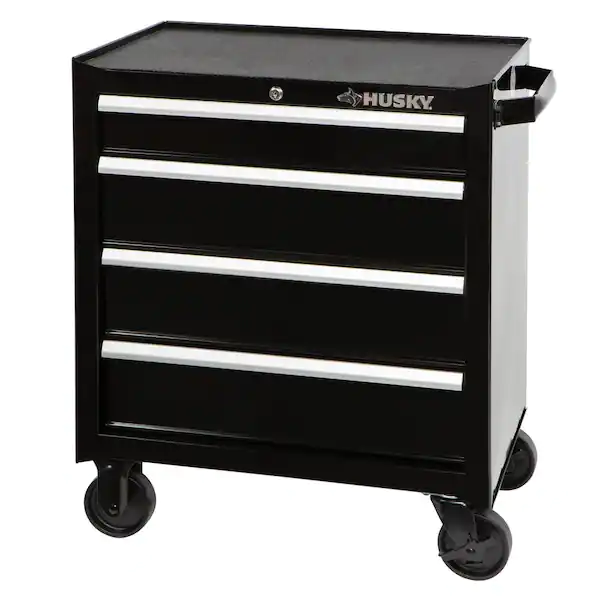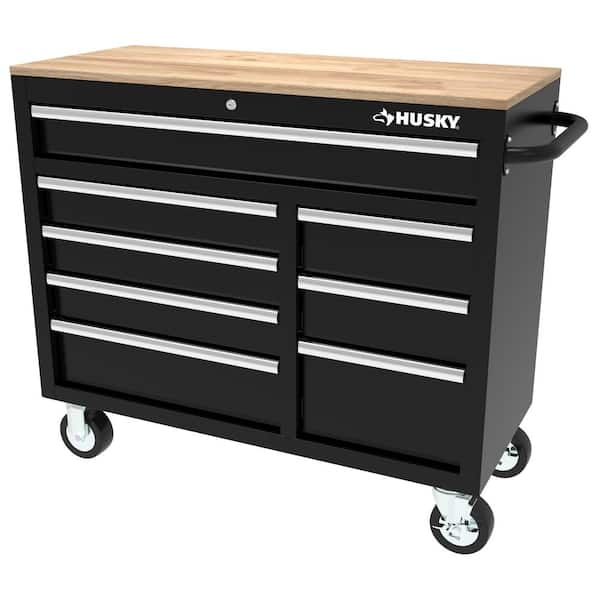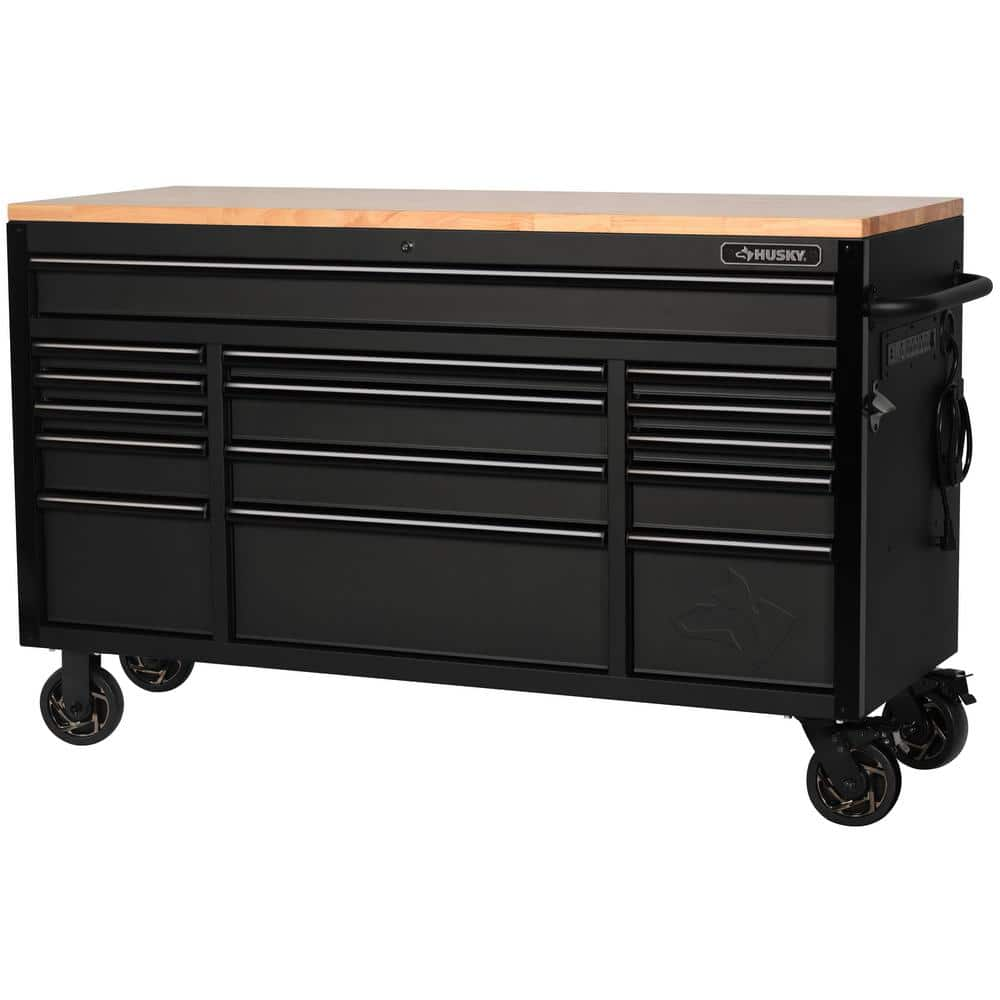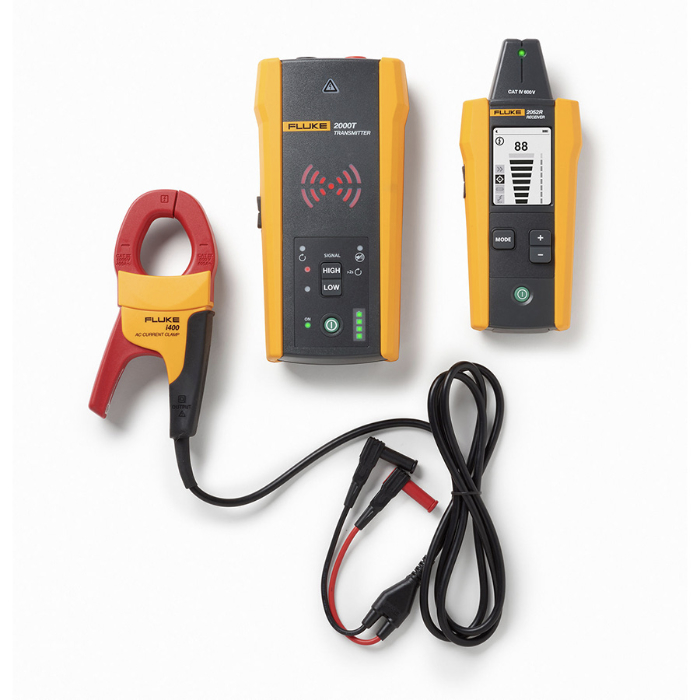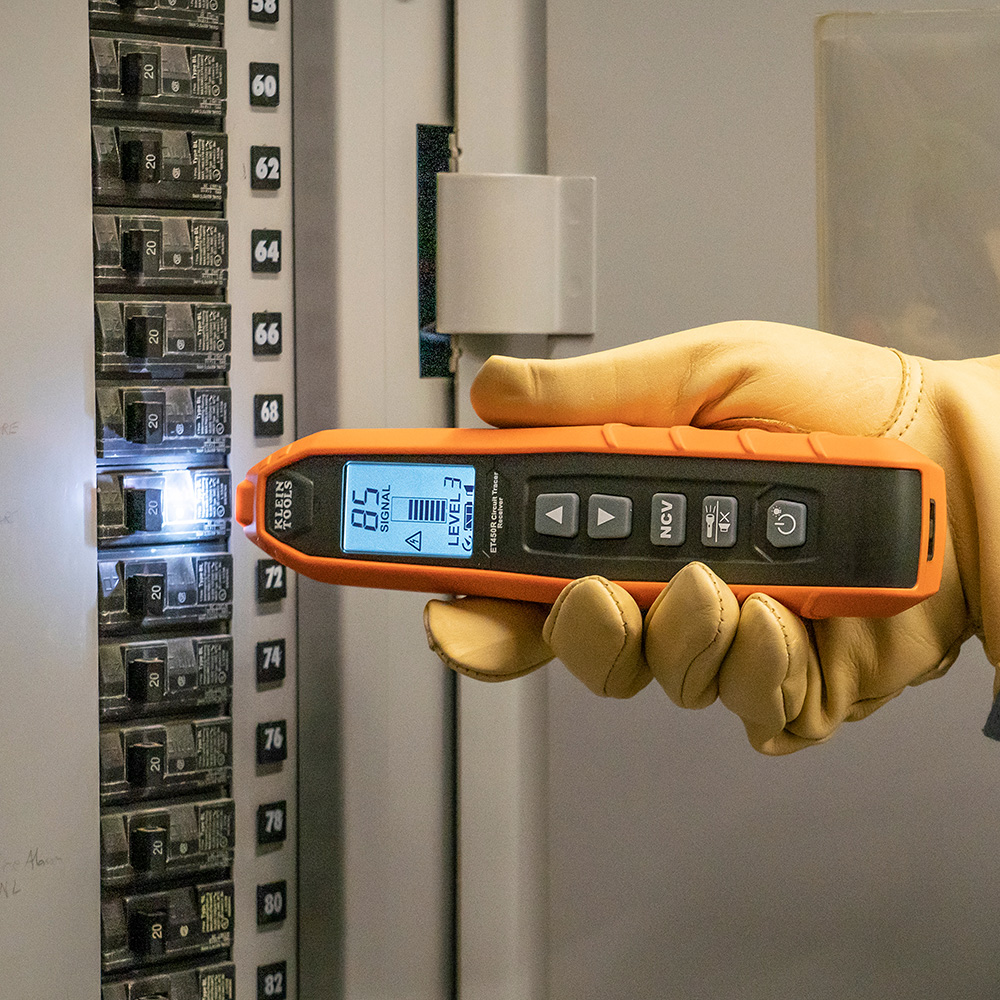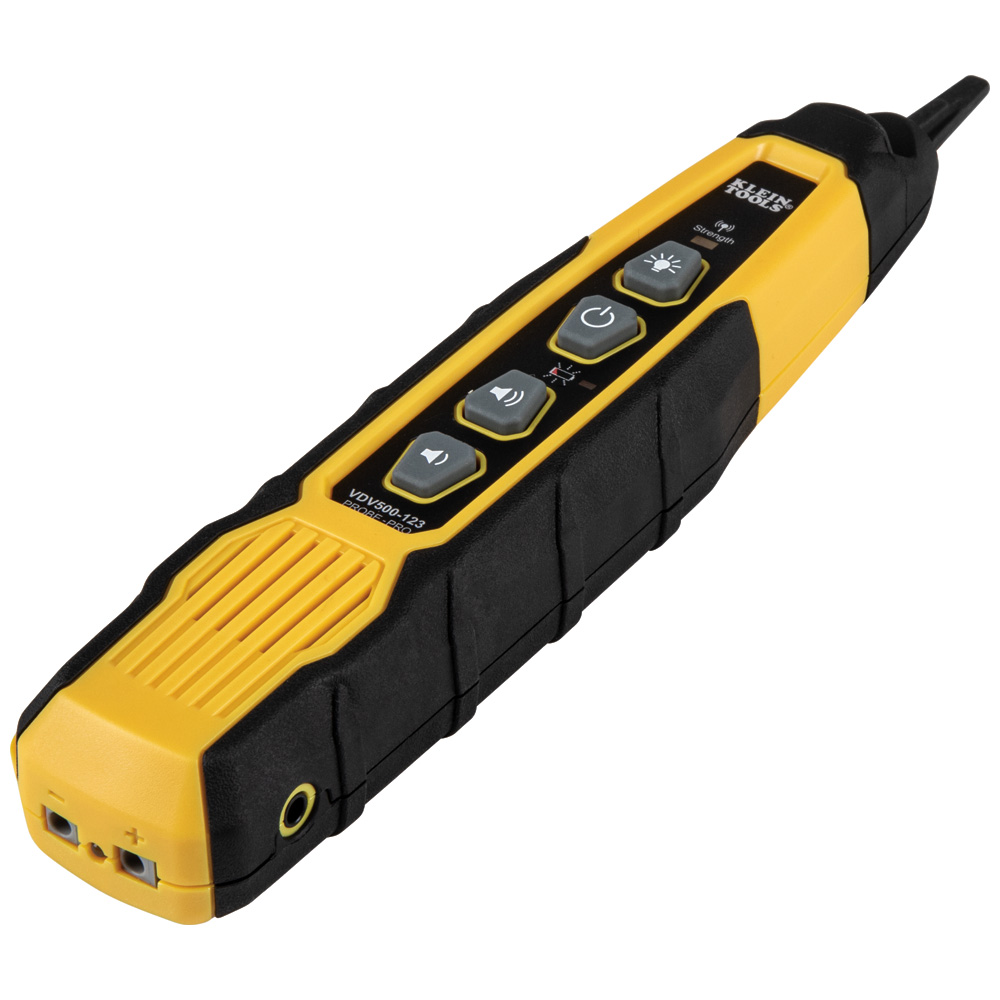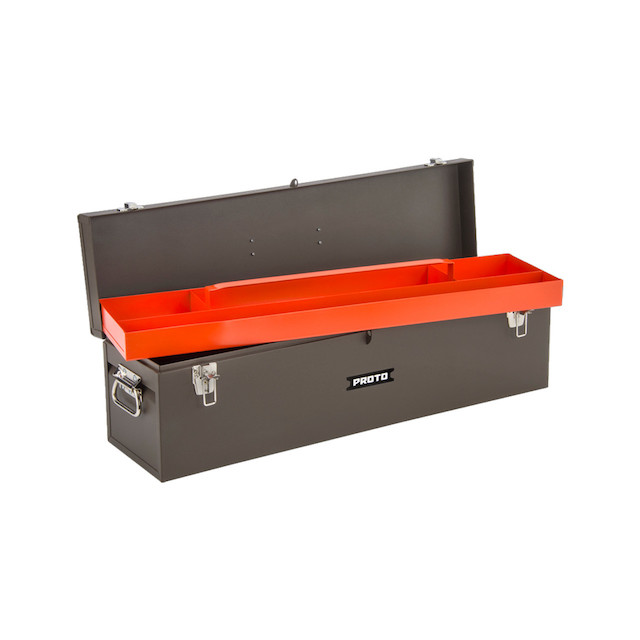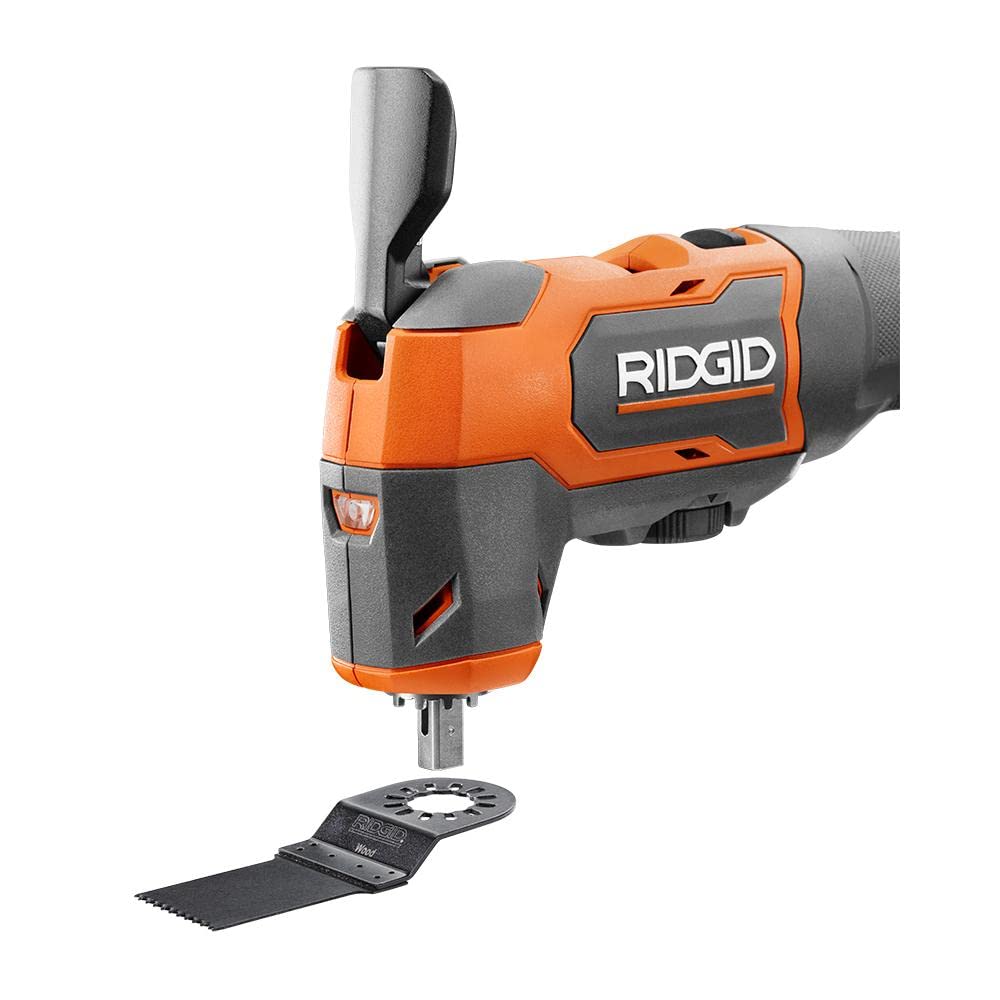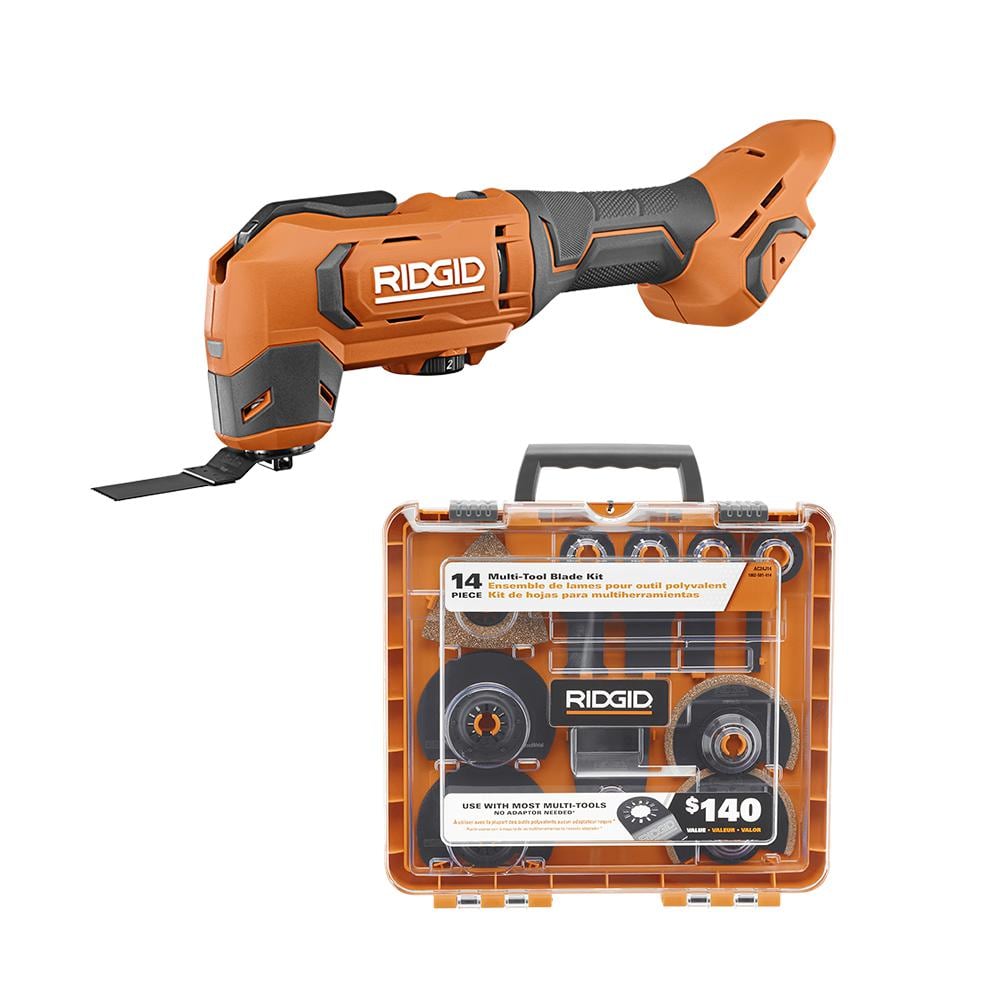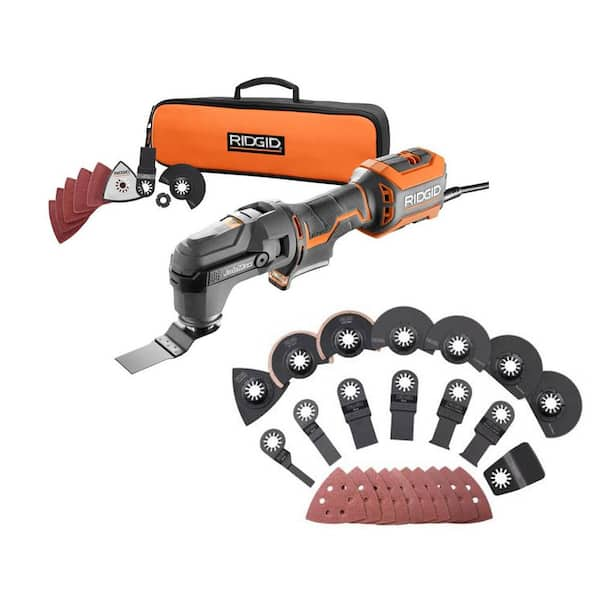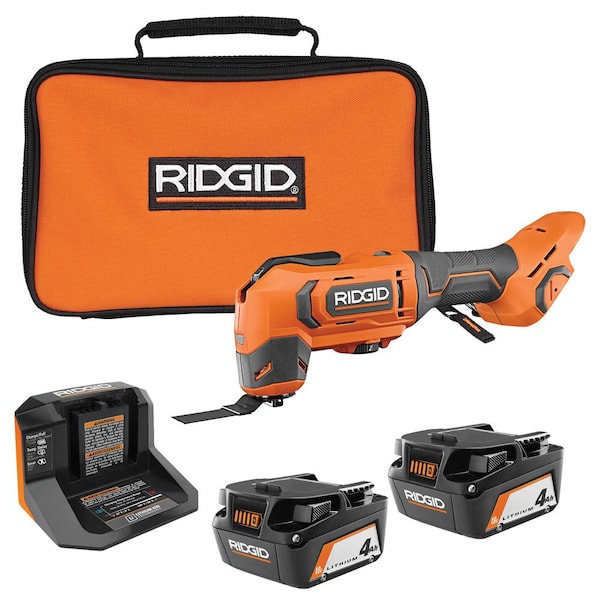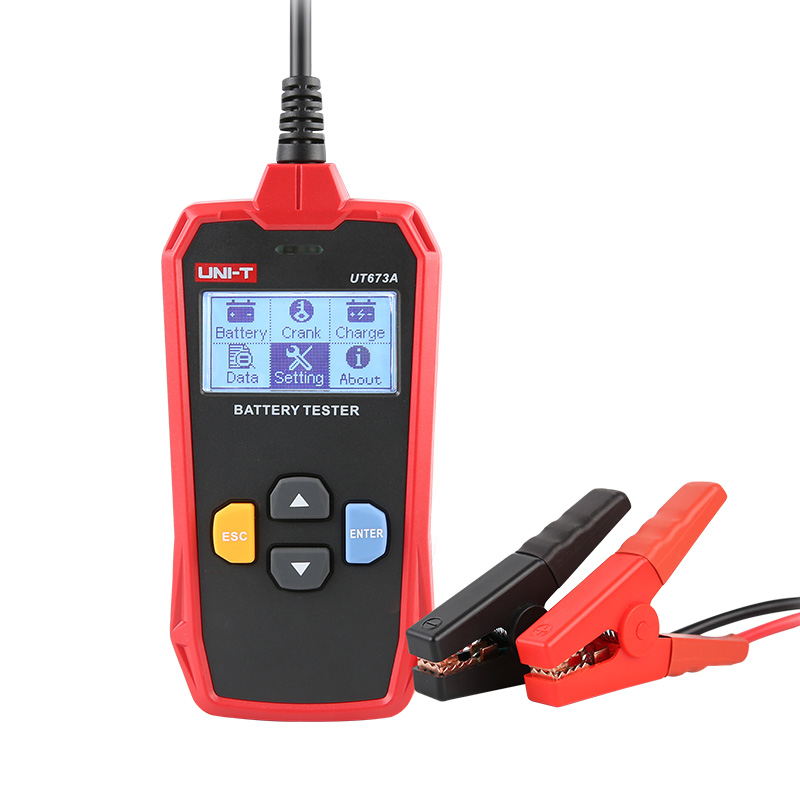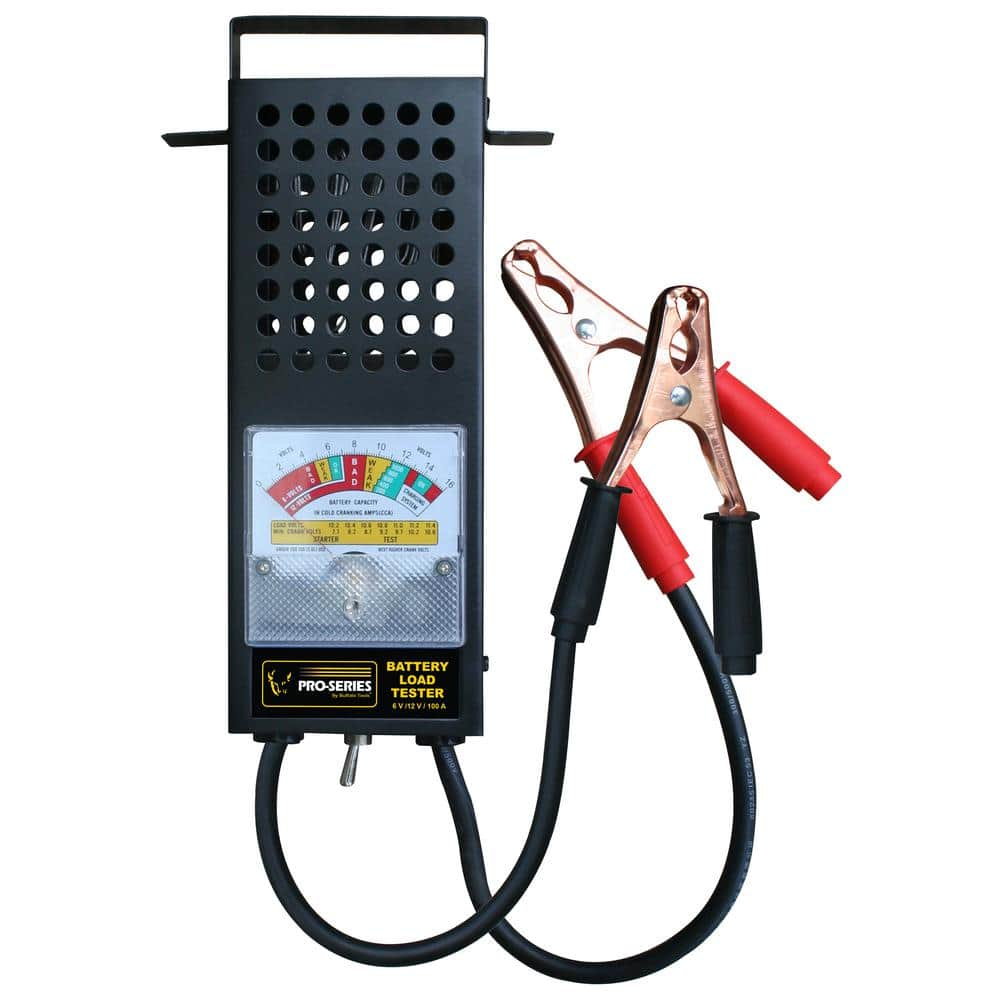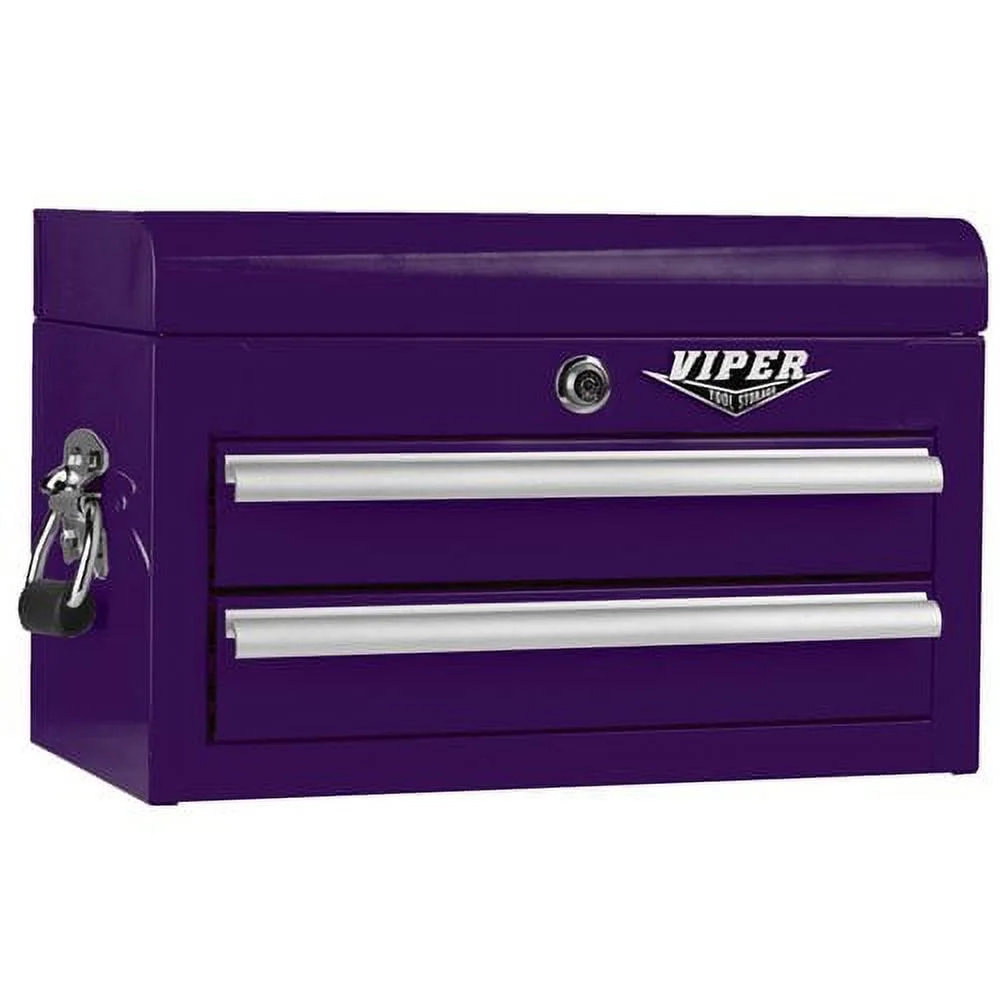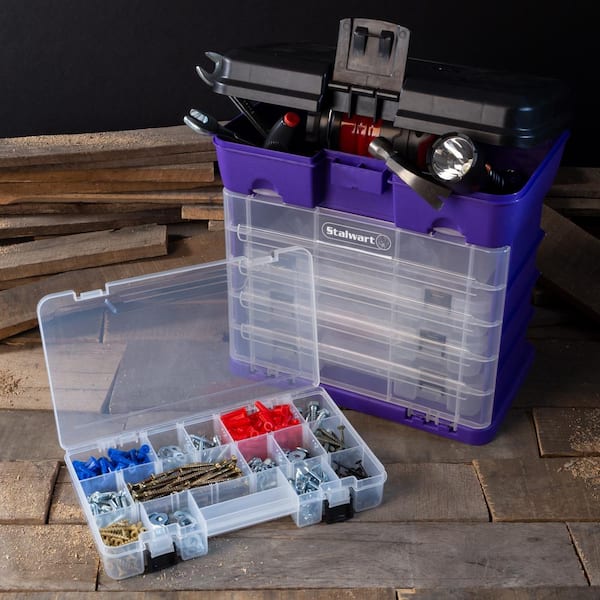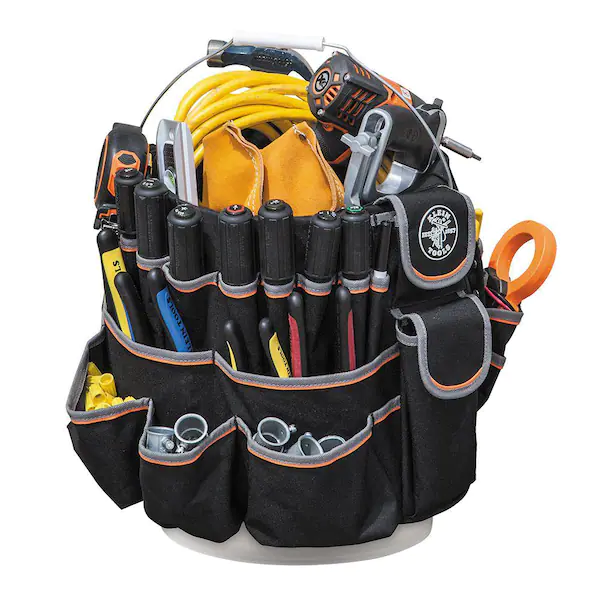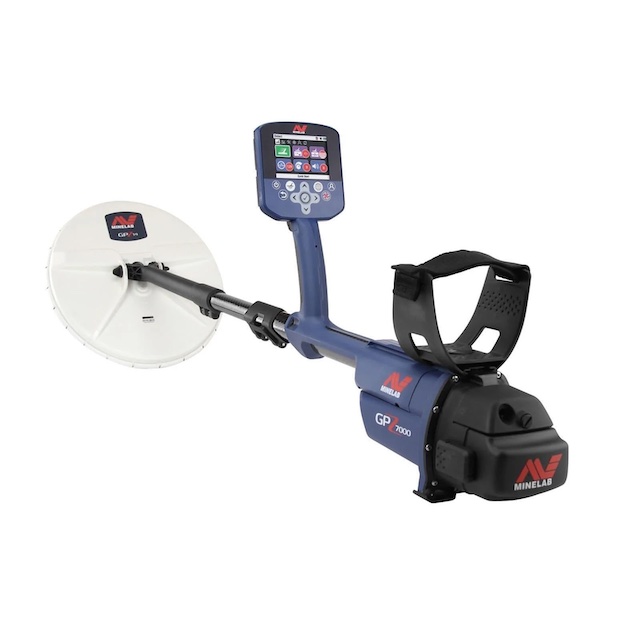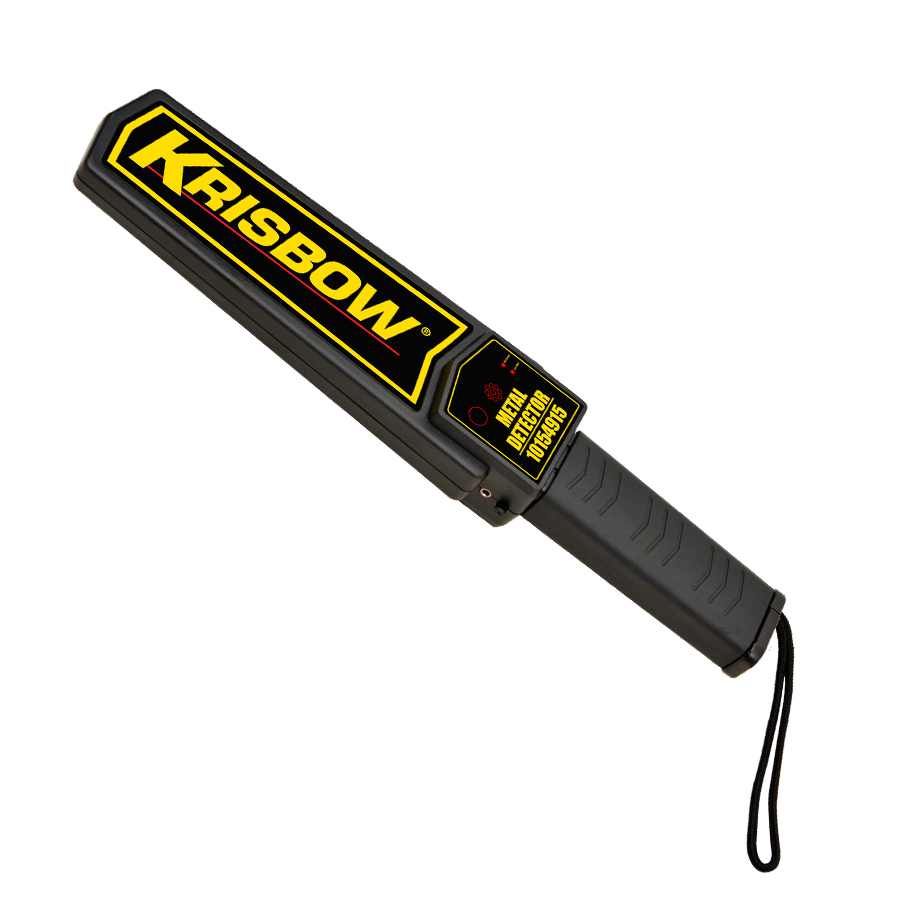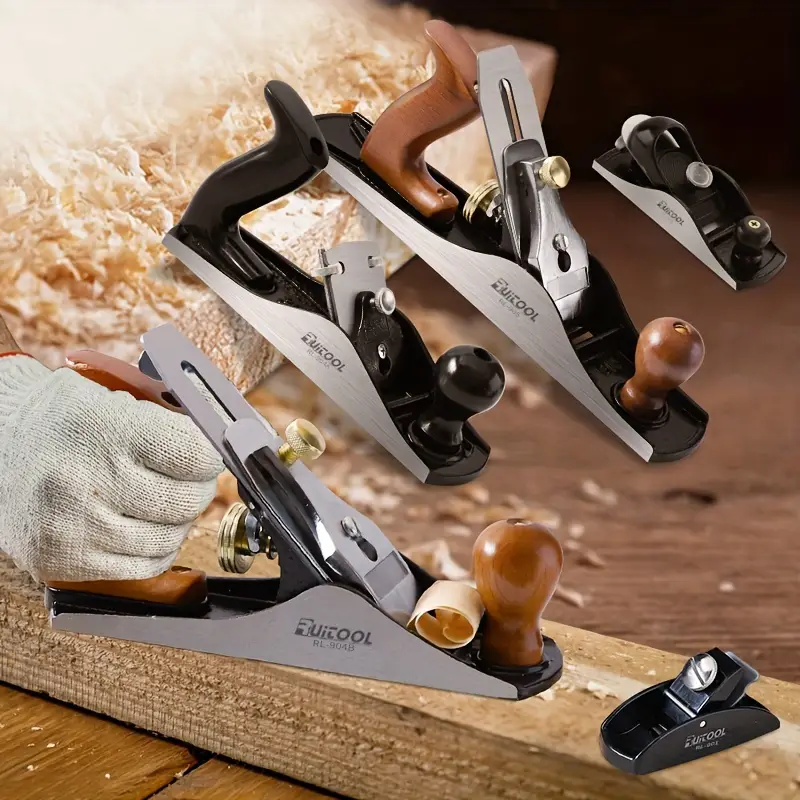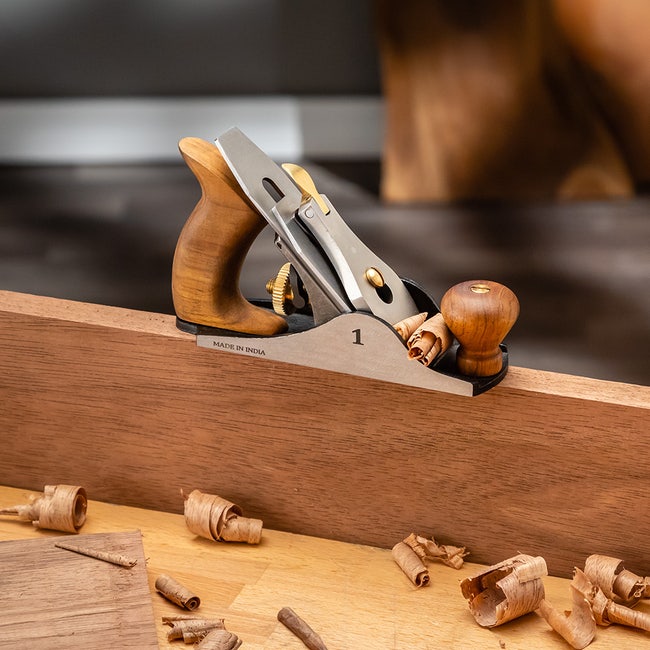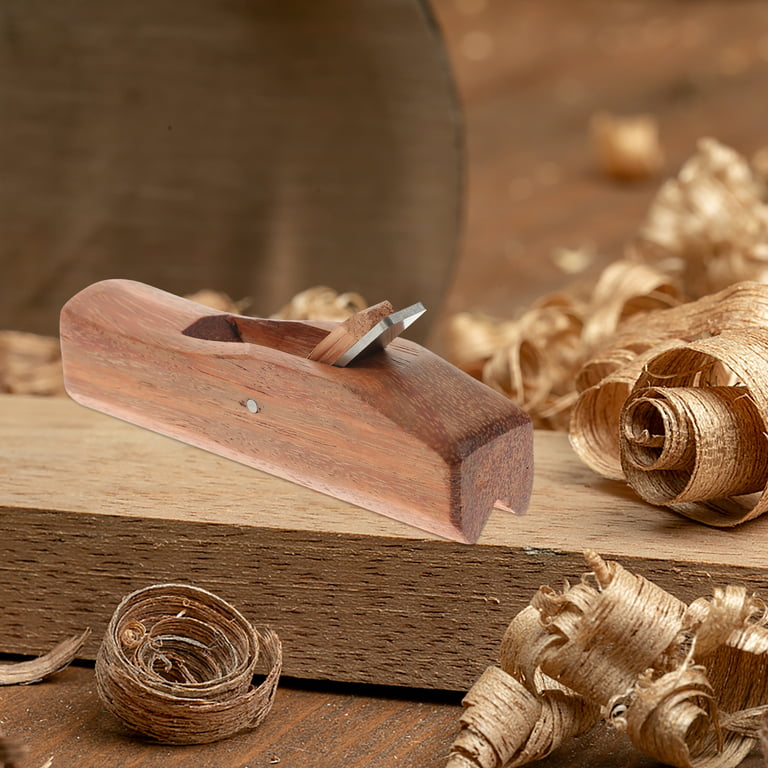Unleash the Power of Precision with the Dewalt Rotary Tool
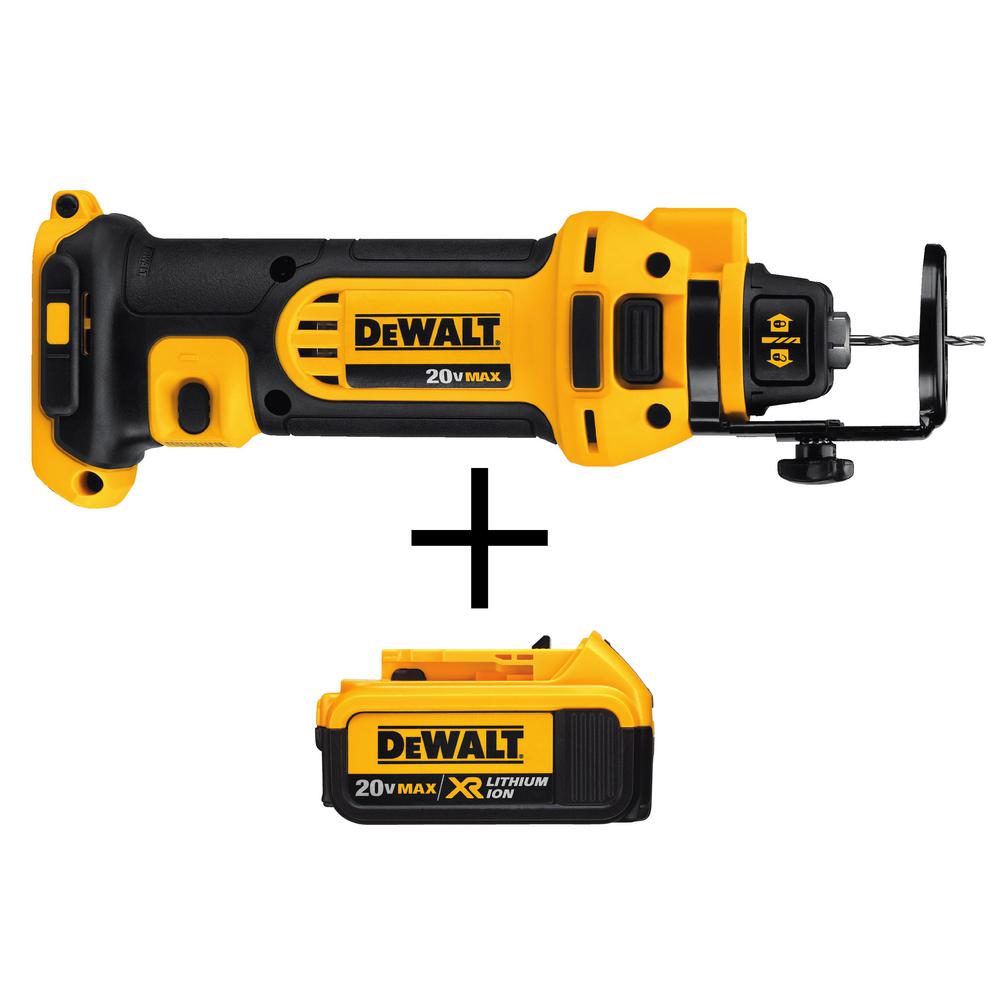
Introduction
Dewalt is a renowned brand in the power tool industry, known for its innovative and reliable products. One of its exceptional offerings is the Dewalt rotary tool, designed to meet the needs of professionals and DIY enthusiasts alike. This versatile tool is a game-changer when it comes to precision and efficiency in various applications. In this article, we will delve deep into the features, benefits, and applications of the Dewalt rotary tool, and explore how it can elevate your projects to the next level.
Part 1: Understanding the Dewalt Rotary Tool
Level 1: Overview of Dewalt Rotary Tool
The Dewalt rotary tool is a compact and powerful device that offers a wide range of functionalities, making it an indispensable asset in any toolbox. It is designed to accommodate various attachments, allowing users to perform tasks such as cutting, grinding, polishing, and more with ease and precision.
Level 2: Key Features of the Dewalt Rotary Tool
The tool is equipped with a robust motor that delivers high performance, ensuring consistent power and speed for efficient operation. Additionally, it features a variable speed control, enabling users to adjust the tool’s RPM to suit different applications. The ergonomic design and comfortable grip make it easy to handle, enhancing user control and reducing fatigue during extended use.
Part 2: Versatility in Applications
Level 1: Cutting and Carving
The Dewalt rotary tools are a versatile cutting and carving tool, capable of handling various materials such as wood, plastic, and metal. Its compatibility with cutting wheels, bit accessories, and attachments allows for precise and intricate cuts, making it ideal for intricate woodworking and crafting projects.
Level 2: Grinding and Polishing
With the right attachments, the Dewalt rotary tools becomes a proficient grinding and polishing tool. It can be used to shape and smoothen rough surfaces, remove imperfections, and polish metals and other materials to a flawless finish. The tool’s variable speed control ensures that users can achieve the desired results with utmost precision.
Part 3: Benefits of Using the Dewalt Rotary Tool
Level 1: Efficiency and Accuracy
The Dewalt rotary tools excels in providing unmatched efficiency and accuracy in various tasks. Whether it’s cutting, grinding, or polishing, the tool’s precision and control enable users to achieve professional-quality results. Its compact size and maneuverability allow for intricate work in tight spaces and hard-to-reach areas.
Level 2: Durability and Reliability
Dewalt is synonymous with durability and reliability, and the rotary tool is no exception. Built with high-quality materials and engineering, the tool is designed to withstand heavy-duty use and provide consistent performance over time. This ensures that users can rely on it for their most demanding projects with confidence.
Part 4: Choosing the Right Attachments
Level 1: Cutting Attachments
The Dewalt rotary tool supports a variety of cutting attachments, including cutting wheels, drill bits, and rotary saws. These attachments are designed to deliver precise and clean cuts in different materials, offering versatility and flexibility in a wide range of cutting applications.
Level 2: Polishing Attachments
For polishing and finishing tasks, the Dewalt rotary tool can be paired with attachments such as sanding drums, polishing pads, and buffing wheels. These attachments enable users to achieve smooth and lustrous surfaces, whether it’s for metalworking, woodworking, or other crafts.
Part 5: Maintenance and Care
Level 1: Cleaning and Lubrication
Proper maintenance and care are essential to ensure the longevity and performance of Dewalt rotary tools. Regular cleaning and lubrication of the tool’s components and accessories help prevent wear and tear, as well as ensure smooth and efficient operation.
Level 2: Storage and Handling
When not in use, the rotary tool should be stored in a clean and dry environment, away from dust and moisture. Proper handling and storage help protect the tool from damage and maintain its precision and reliability for years to come.
Part 6: Accessories and Attachments for DeWalt Rotary Tool
DeWalt rotary tools are versatile and can be used for a variety of applications, thanks to a wide range of accessories and attachments available. With the right accessories, you can turn your rotary tool into a precision cutting tool, a powerful grinder, a high-speed polisher, and more. DeWalt offers a selection of cutting wheels, grinding stones, sanding discs, polishing pads, and wire brushes to meet your needs.
In addition to the standard accessories, DeWalt also offers specialized attachments that can expand the capabilities of your rotary tool. For example, the flex shaft attachment allows for greater precision and control, making it ideal for intricate detail work. The keyless chuck attachment makes it easy to change accessories quickly and without the need for additional tools. There are also attachments for routing, drilling, and carving, giving you even more options for using your DeWalt rotary tool.
When choosing accessories and attachments for your DeWalt rotary tools, it’s important to consider the specific tasks you’ll be performing and select the right tools for the job. With the right accessories and attachments, your DeWalt rotary tool can become an indispensable tool for a wide range of applications.
Part 7: Maintenance and Care for Your DeWalt Rotary Tool
Proper maintenance and care are essential for keeping your DeWalt rotary tool in top condition and ensuring reliable performance. Regular maintenance can help prevent wear and tear, prolong the life of your tool, and maintain its precision and functionality. Here are some tips for maintaining and caring for your DeWalt rotary tool:
- Keep your rotary tool clean by regularly wiping it down with a soft, dry cloth to remove dust and debris.
- Check the carbon brushes regularly and replace them when worn down to ensure proper electrical contact and prevent damage to the motor.
- Lubricate the moving parts of your rotary tool, such as the shaft and bearings, to reduce friction and prevent wear.
- Store your rotary tool in a clean and dry environment to prevent rust and corrosion.
By following these maintenance tips and taking care of your DeWalt rotary tools, you can ensure that it continues to perform at its best for years to come.
Part 8: Safety Tips for Using Your DeWalt Rotary Tool
While DeWalt rotary tools are versatile and powerful, they can also pose certain safety risks if not used properly. To ensure safe and effective use of your rotary tool, it’s important to follow these safety tips:
- Always wear eye protection when using your rotary tool to prevent dust and debris from entering your eyes.
- Use the appropriate accessories and attachments for the task at hand, and make sure they are securely attached to the tool before use.
- Keep your hands and fingers away from the rotating parts of the tool, and always turn off the tool and unplug it before making any adjustments or changing accessories.
- Use a firm grip and maintain control of the tool at all times, especially when working with high-speed accessories such as cutting wheels or grinding stones.
- Work in a well-ventilated area and wear a dust mask when working with materials that produce dust or debris.
By following these safety tips, you can minimize the risk of injury and ensure safe and effective use of your DeWalt rotary tool.
Conclusion
The Dewalt rotary tool is a force to be reckoned with when it comes to precision, versatility, and performance. With its array of features, benefits, and applications, it has become an invaluable asset for professionals and DIY enthusiasts across various industries. Whether you’re cutting, grinding, polishing, or tackling intricate tasks, this powerhouse tool is sure to elevate your projects to new heights. Invest in the Dewalt rotary tools today and unleash the power of precision in your work.



